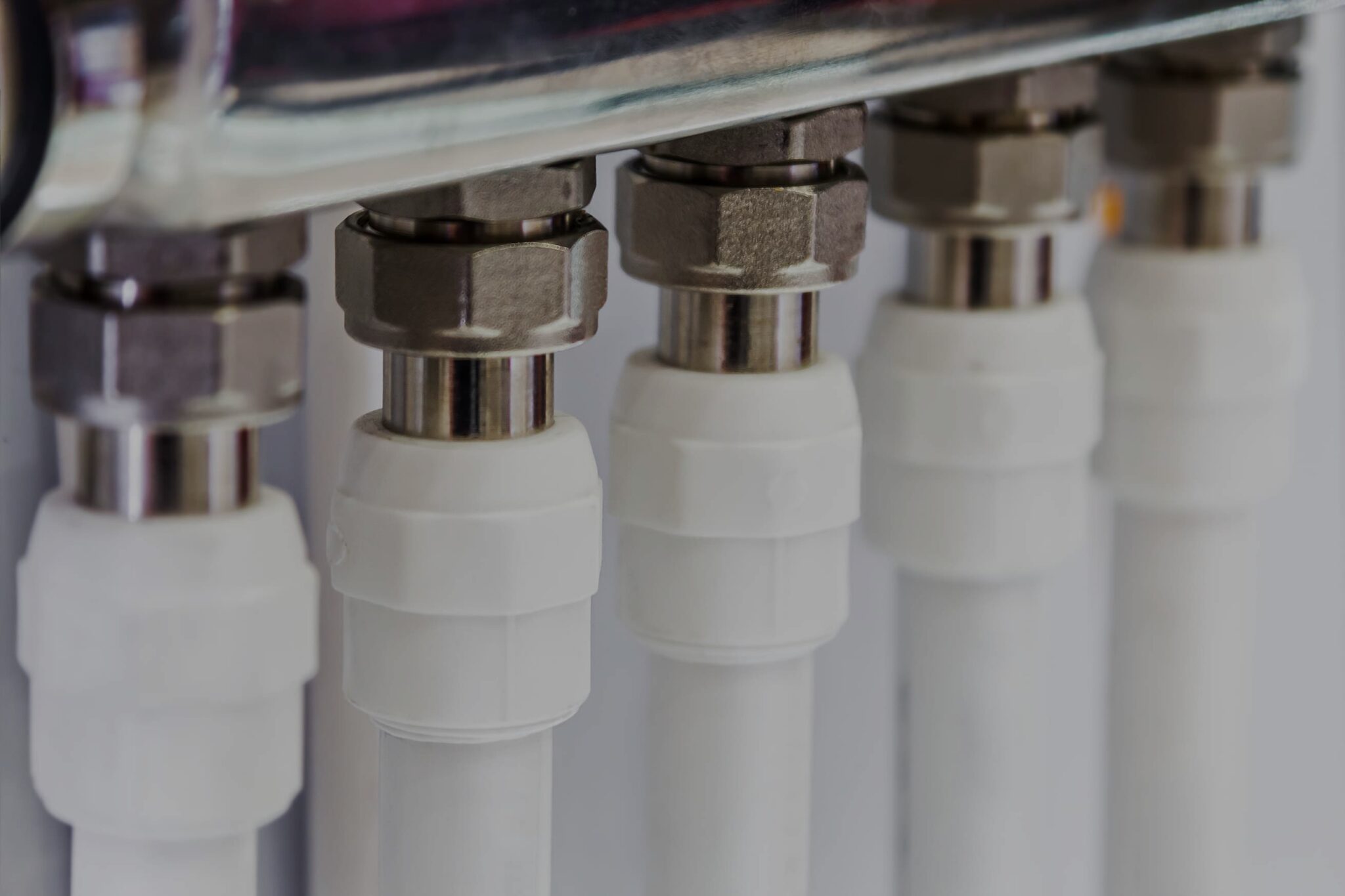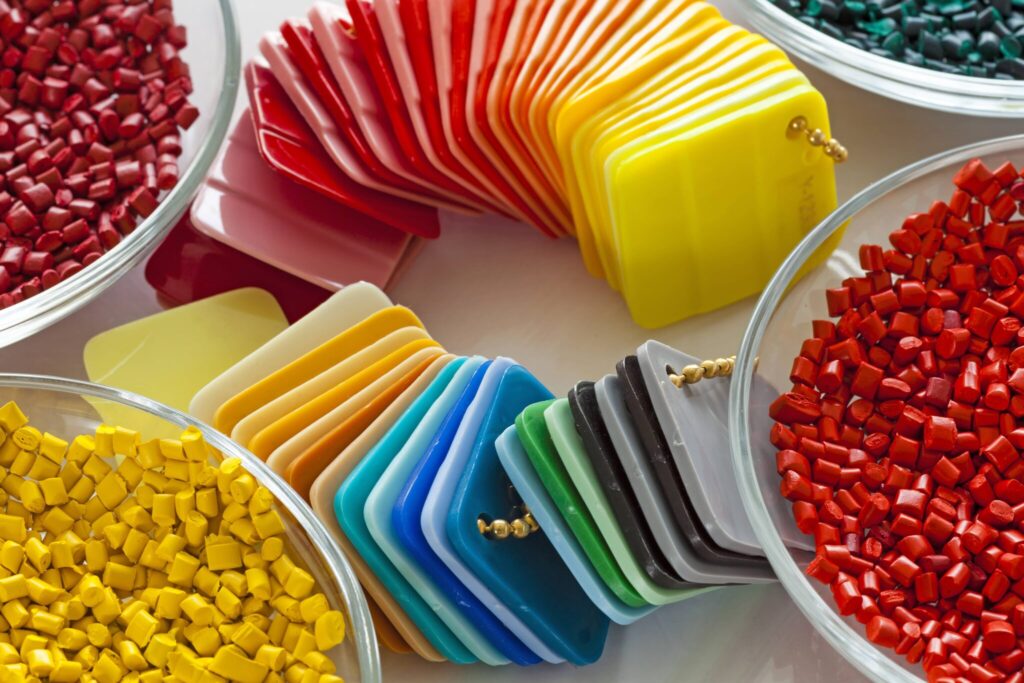

Originally published on fastradius.com on July 27, 2021
Injection molding is a popular manufacturing method that helps product teams create extremely accurate and consistent components across high-volume production runs. Injection molding is a fast, cost-effective, and versatile process that’s adjustable to your production needs and compatible with many different materials.
After the injection molding process is complete, you have many different post-processing and finishing options to choose from. Injection molding post-processing improves a part’s appearance, removes aesthetic flaws, and even provides additional mechanical properties like enhanced strength or electrical conductivity. In this article, we’ll go over some of the post-processing options for injection-molded parts that SyBridge offers.


SyBridge offers finishing options that can match any SPI standard. The Society of the Plastics Industry (SPI) defines the standards for the plastics industry, including the cosmetic quality of plastics. This includes the type of polish or finish used on plastic injection-molded components.
The injection-molded part SPI surface finish standards go from most fine to least fine, following an alphabetical grading system:
Surface appearance, tactile quality, and production costs will differ based on the SPI level. For instance, the more highly polished finishes will drive up costs due to the increased tooling and precision required. SyBridge can produce any SPI standard for a glossy, matte, rough, or very rough injection molding surface finish.
Along with SPI standard finishes, SyBridge also supports various injection molding post-processes.
Mold-Tech enables texturing, which is when specific sections of a part are textured differently than the rest of the component. In order to achieve proper texturing, Mold-Tech will apply a texture onto the injection mold’s surface, then directly impress that texture onto the part during the injection molding process. Texturing can be applied to the injection mold in a number of different ways, from etching it in a chemical bath to engraving the texture by hand or with a laser.
Mold-Tech is the industry standard for textures, boasting over 500,000 options and even supporting new texture designs. You can request a Mold-Tech finish — such as sand, satin, leather, woodgrain, or any other — and then ask for a specific texture specification. These specifications are determined by series numbers, such as MT-11240. Each series number is accompanied by texture depth (inch), texture depth (meter), and draft angle.
Pad printing is used to print text, images, and colors onto products with round, concave, and recessed or raised areas. A silicone pad transfers a 2D image from a laser engraved printing plate onto the 3D object by pressing an ink plate into it before it’s stamped by the silicon pad. Pad printing is a fast, inexpensive method of printing onto all kinds of complex shapes like cylinders, curves, spheres, compound angles, and even extreme textures.
Silk screening is a very common printing technique used to add images, text, logos, and other details to a component. The design is first printed out onto a sheet and placed into a frame, and then the frame is placed onto the part. A scraper moves colored ink, paint, or another dye across the screen. The screen is then removed, leaving a thin layer on the part that displays the design.
Silk screening offers great quality to price ratio for large production runs, and the silkscreens themselves are incredibly durable and reusable. The silk screening process allows for creativity, fine detail, and incredible customization.
Heat stake inserts enable you to put metal inserts and fasteners into the component, which reduces complexity. The process begins by heating up metal threaded inserts so they can bond to already injection-molded parts, then using heat to quickly melt the surrounding plastic and push the threaded insert into place. Heat stake inserts eliminate the need for small consumables like rivets and screws, which streamlines the process.
This uncommon post-processing technique is designed to join parts together using a solid-state weld. Ultrasonic welding is useful when bonding two plastics together or when working with other dissimilar objects that have trouble bonding. During the ultrasonic welding process, the two components are held together in a fixture under pressure. Then, high-frequency ultrasonic acoustic vibrations are played through a vibrating tool called a horn. The frictional heat generated from the vibrations melts the substrate, creating a localized weld area that joins the two parts together.
Ultrasonic welding doesn’t require any fasteners like bolts or nails, soldering materials, or adhesives. Like heat stakes inserts, ultrasonic welding reduces set-up time and costs and reduces opportunities for corrosion, fastener stripping, or other long-term issues. Ultrasonic welding is a fast and efficient finishing process that is easily repeatable, requires little clean-up, and takes mere seconds to complete. However, product teams should know that this post-processing option is a rare and specialized solution that might not be suitable for many products.
Product teams have many different options when it comes to injection molding surface finishes. SyBridge supports SPI standard finishing options that determine surface roughness, along with aesthetic finishes like texturing, color matching, and design or text transfer. We also offer injection molding post-processing options that improve part functionality – such as joining parts together and increasing their durability – and painting, light assembly, and protective packaging.
An excellent surface finish can set your component apart from the competition. At SyBridge, we’re dedicated to helping you create injection-molded parts that are functional, recognizable, and long-lasting. Our expert manufacturers can guide you through the injection molding process, including finishes and post-processing procedures, so you can bring incredible final touches to your next project. Contact us today to learn more about our injection molding services.
Forget typical cycle times. We're pushing the boundaries of conformal cooling. While traditional approaches deliver…
Forget typical cycle times. We're pushing the boundaries of conformal cooling. While traditional approaches deliver…
From left to right: Brayden Janak (apprentice); Logan Vifaquain (CNC machining, Programming and CMM); Ron…
SyBridge Technologies is proud to announce we have been awarded the 2023 General Motors Supplier…
Today, designers and engineers are accustomed to working with digital tools in their day-to-day jobs.…
Optimizing Your Injection Molding Process for Cost-Effective Manufacturing Excellence In today’s competitive landscape, manufacturers are…